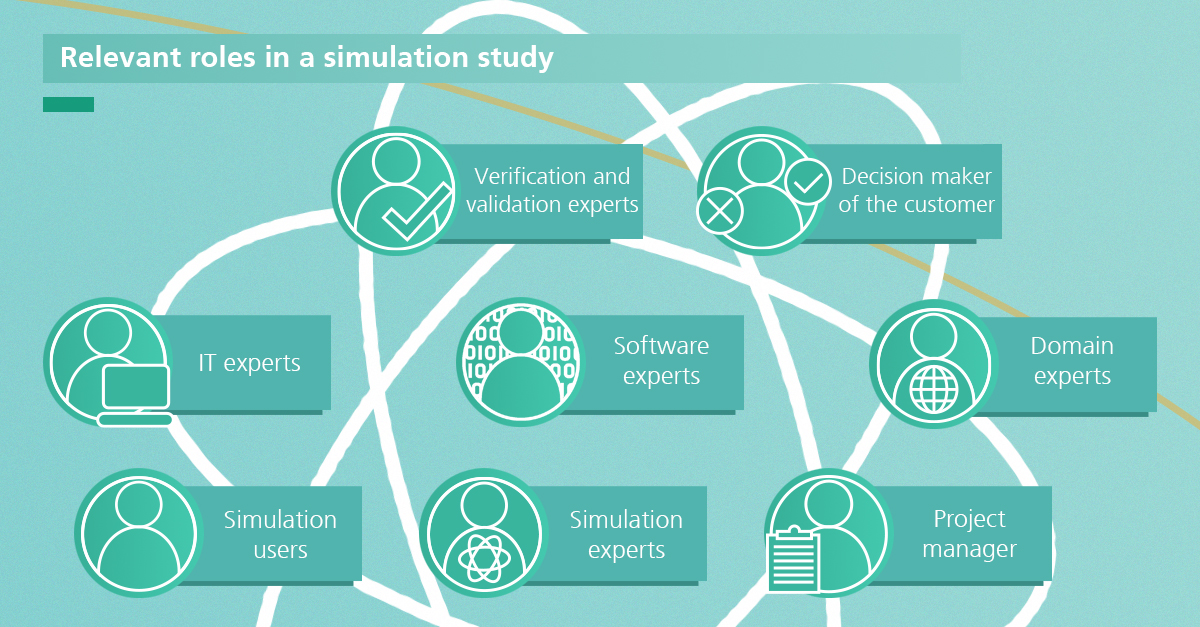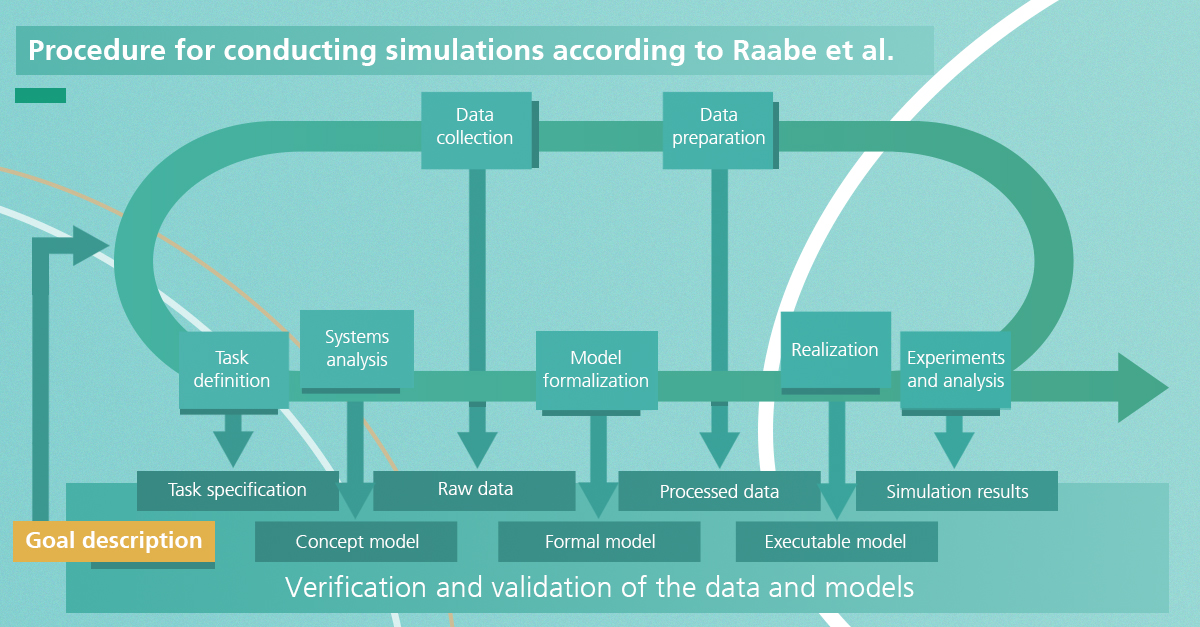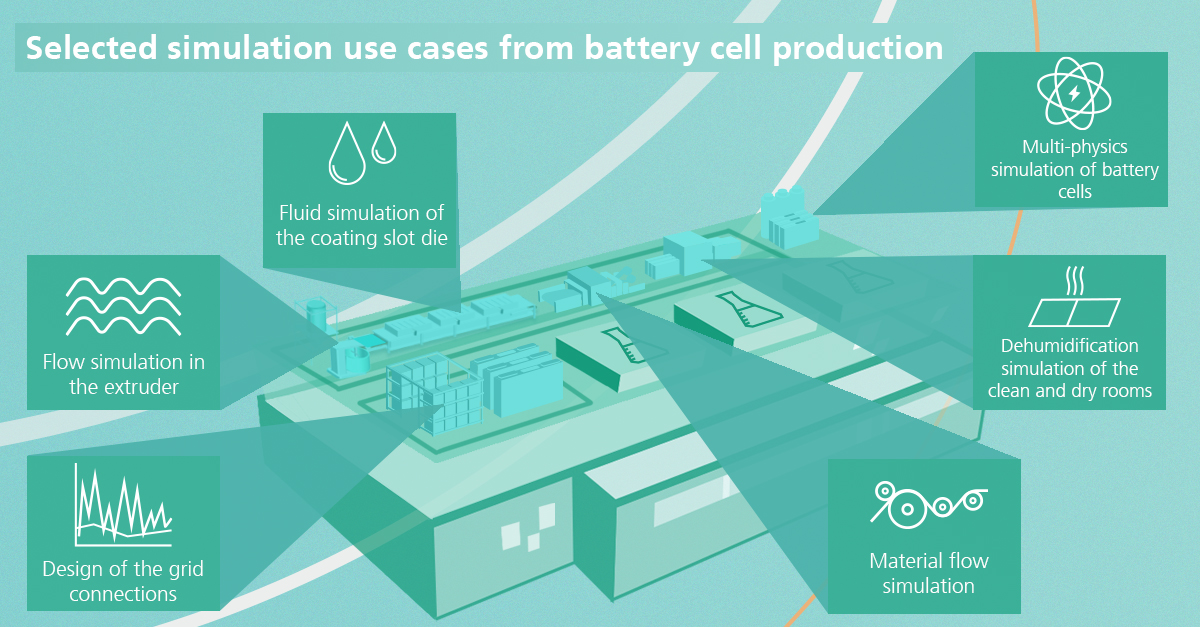Simulations as a forecasting method in the "digital factory"
"Digital factory" is the generic term for a comprehensive network of digital models, methods, and tools that are brought together by an end-to-end data management system. This also includes simulations or other three-dimensional visualizations of the production environment. The eleventh blog article in our information campaign "Skill & Scale up" explains how digital factory planning methods are technically implemented and what functions simulations can fulfill in this context.


